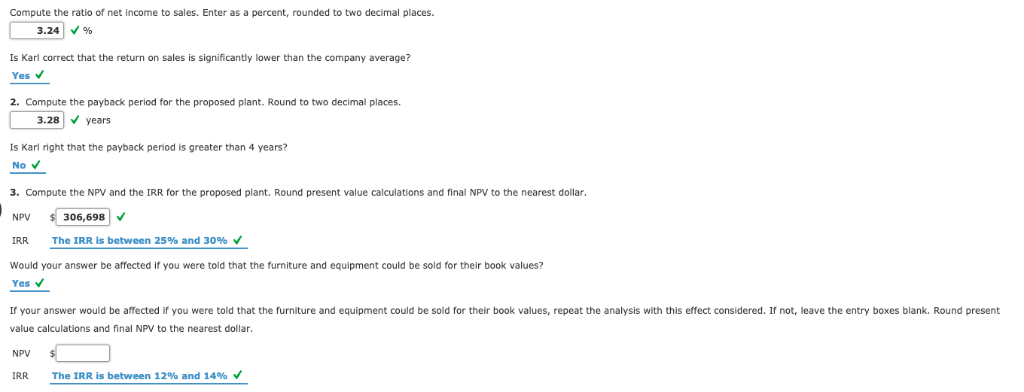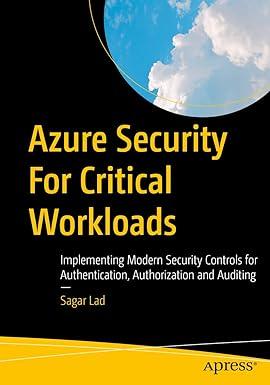Question
Shaftel Ready Mix is a processor and supplier of concrete, aggregate, and rock products. The company operates in the intermountain western United States. Currently, Shaftel
Shaftel Ready Mix is a processor and supplier of concrete, aggregate, and rock products. The company operates in the intermountain western United States. Currently, Shaftel has 14 cement- processing plants and a labor force of more than 375 employees. With the exception of cement powder, all materials (e.g., aggregates and sand) are produced internally by the company. The demand for concrete and aggregates has been growing steadily nationally. In the West, the growth rate has been above the national average. Because of this growth, Shaftel has more than tripled its gross revenues over the past 10 years.
Of the intermountain states, Arizona has been experiencing the most growth. Processing plants have been added over the past several years, and the company is considering the addition of yet another plant to be located in Scottsdale. A major advantage of another plant in Arizona is the ability to operate year round, a feature not found in states such as Utah and Wyoming.
In setting up the new plant, land would have to be purchased and a small building constructed. Equipment and furniture would not need to be purchased. These items would be transferred from a plant that opened in Wyoming during the oil boom period and closed a few years after the end of that boom. However, the equipment needs some repair and modifications before it can be used. The equipment has a book value of $200,000, and the furniture has a book value of $30,000. Neither has any outside market value. Other costs, such as the installation of a silo, well, electrical hookups, and so on, will be incurred. No salvage value is expected. The summary of the initial investment costs by category is as follows:
| Land | $20,000 | ||
| Building | 135,000 | ||
| Equipment: | |||
| Book value | 200,000 | ||
| Modifications | 20,000 | ||
| Furniture (book value) | 30,000 | ||
| Silo | 20,000 | ||
| Well | 80,000 | ||
| Electrical hookups | 27,000 | ||
| General setup | 50,000 | ||
| Total | $582,000 |
Estimates concerning the operation of the Scottsdale plant follow:
| Life of plant and equipment | 10 years | ||
| Expected annual sales (in cubic yards of cement) | 35,000 | ||
| Selling price (per cubic yard of cement) | $45.00 | ||
| Variable costs (per cubic yard of cement): | |||
| Cement | $12.94 | ||
| Sand/gravel | 6.42 | ||
| Fly ash | 1.13 | ||
| Admixture | 1.53 | ||
| Driver labor | 3.24 | ||
| Mechanics | 1.43 | ||
| Plant operations (batching and cleanup) | 1.39 | ||
| Loader operator | 0.50 | ||
| Truck parts | 1.75 | ||
| Fuel | 1.48 | ||
| Other | 3.27 | ||
| Total variable costs | 35.08 | ||
| Fixed costs (annual): | |||
| Salaries | 135,000 | ||
| Insurance | 75,000 | ||
| Telephone | 5,000 | ||
| Depreciation | 58,200 | * | |
| Utilities | 25,000 | ||
| Total fixed costs | 298,200 |
*Straight-line depreciation is calculated by using all initial investment costs over a 10-year period, assuming no salvage value.
After reviewing these data, Karl Flemming, vice president of operations, argued against the proposed plant. Karl was concerned because the plant would earn significantly less than the normal 8.3% return on sales. All other plants in the company were earning between 7.5 and 8.5% on sales. Karl also noted that it would take more than 5 years to recover the total initial outlay of $582,000. In the past, the company had always insisted that payback be no more than 4 years. The companys cost of capital is 10%. Assume that there are no income taxes.
Prepare a variable-costing income statement for the proposed plant.
| Shaftel Ready Mix | ||
| Income Statement | ||
| For the Proposed Plant | ||
| Sales | $ | |
| Less: Variable expenses | ||
| Contribution margin | $ | |
| Less fixed expenses: | ||
| Salaries | $ | |
| Insurance | ||
| Telephone | ||
| Depreciation | ||
| Utilities | ||
| Net income | $ | |

I just need the second part of number three.
Compute the ratio of net income to sales. Enter as a percent, rounded to two decimal places. 3.24 % Is Karl correct that the return on sales is significantly lower than the company average? Yes 2. Compute the payback period for the proposed plant. Round to two decimal places 3.28 years Is Karl right that the payback period is greater than 4 years? No v 3. Compute the NPV and the IRR for the proposed plant. Round present value calculations and final NPV to the nearest dollar. NPV 306,698 IRR The IRR is between 25% and 30% Would your answer be affected if you were told that the furniture and equipment could be sold for their book values? Yes If your answer would be affected if you were told that the furniture and equipment could be sold for their book values, repeat the analysis with this effect considered. If not, leave the entry boxes blank. Round present value calculations and final NPV to the nearest dollar NPV IRR The IRR is between 12% and 14% VStep by Step Solution
There are 3 Steps involved in it
Step: 1

Get Instant Access to Expert-Tailored Solutions
See step-by-step solutions with expert insights and AI powered tools for academic success
Step: 2

Step: 3

Ace Your Homework with AI
Get the answers you need in no time with our AI-driven, step-by-step assistance
Get Started


